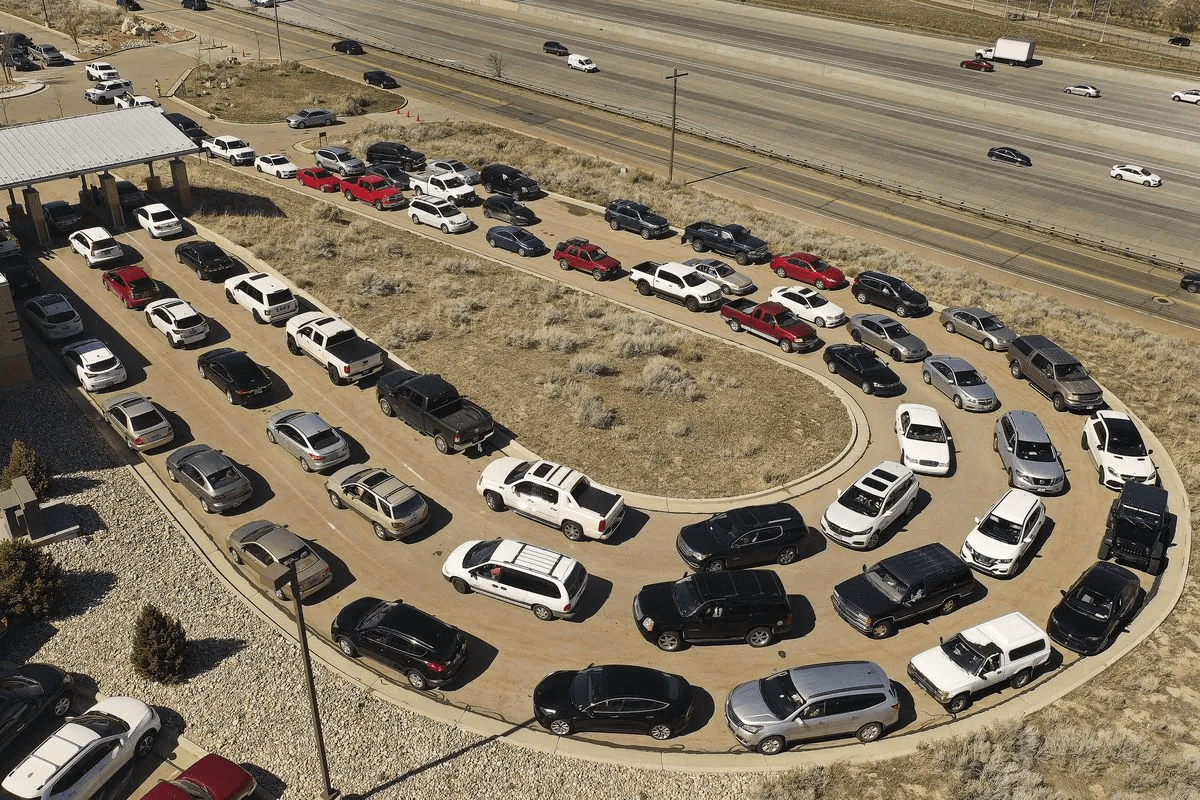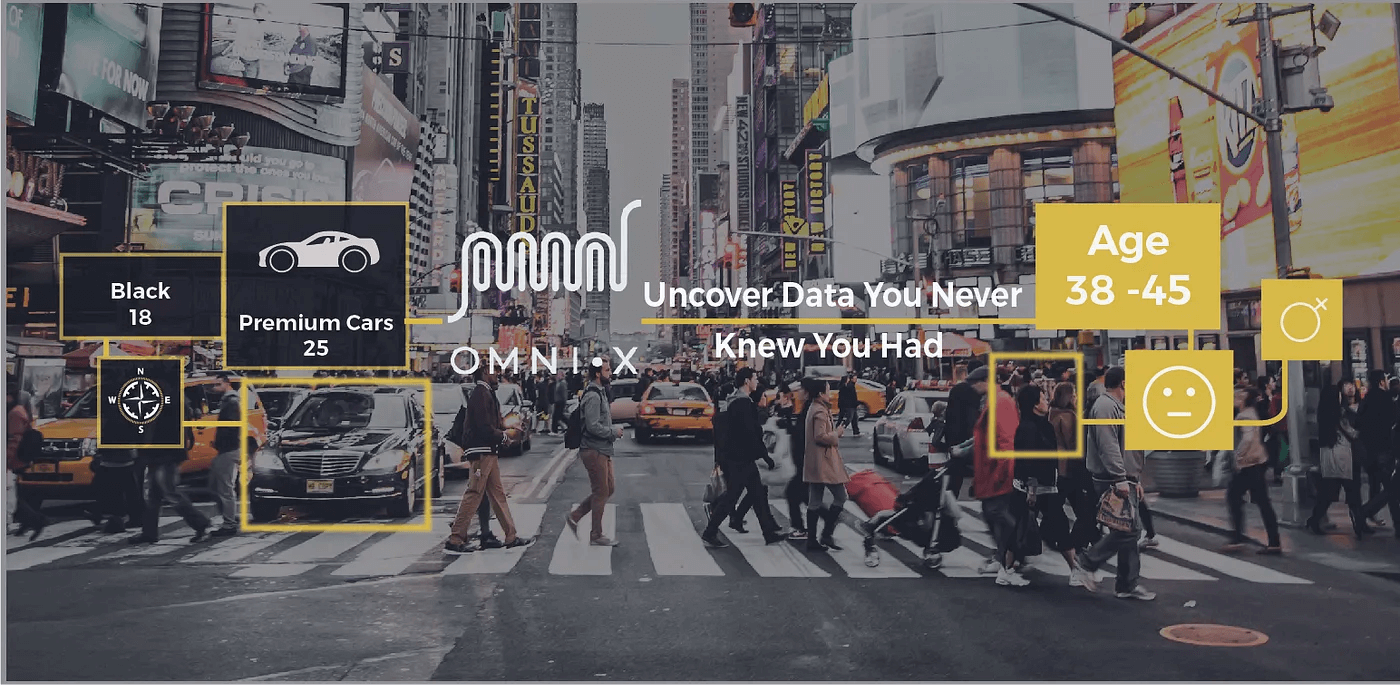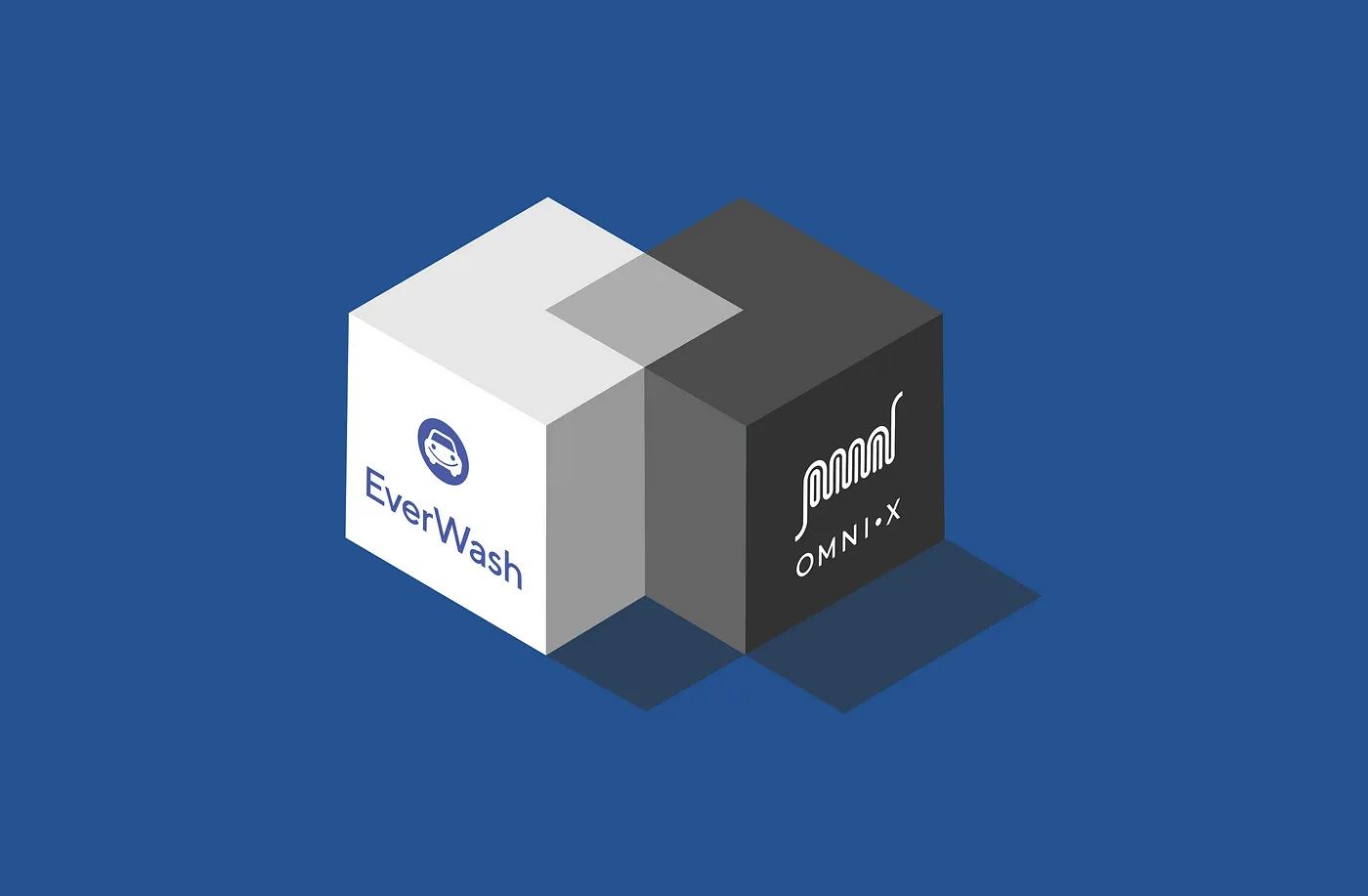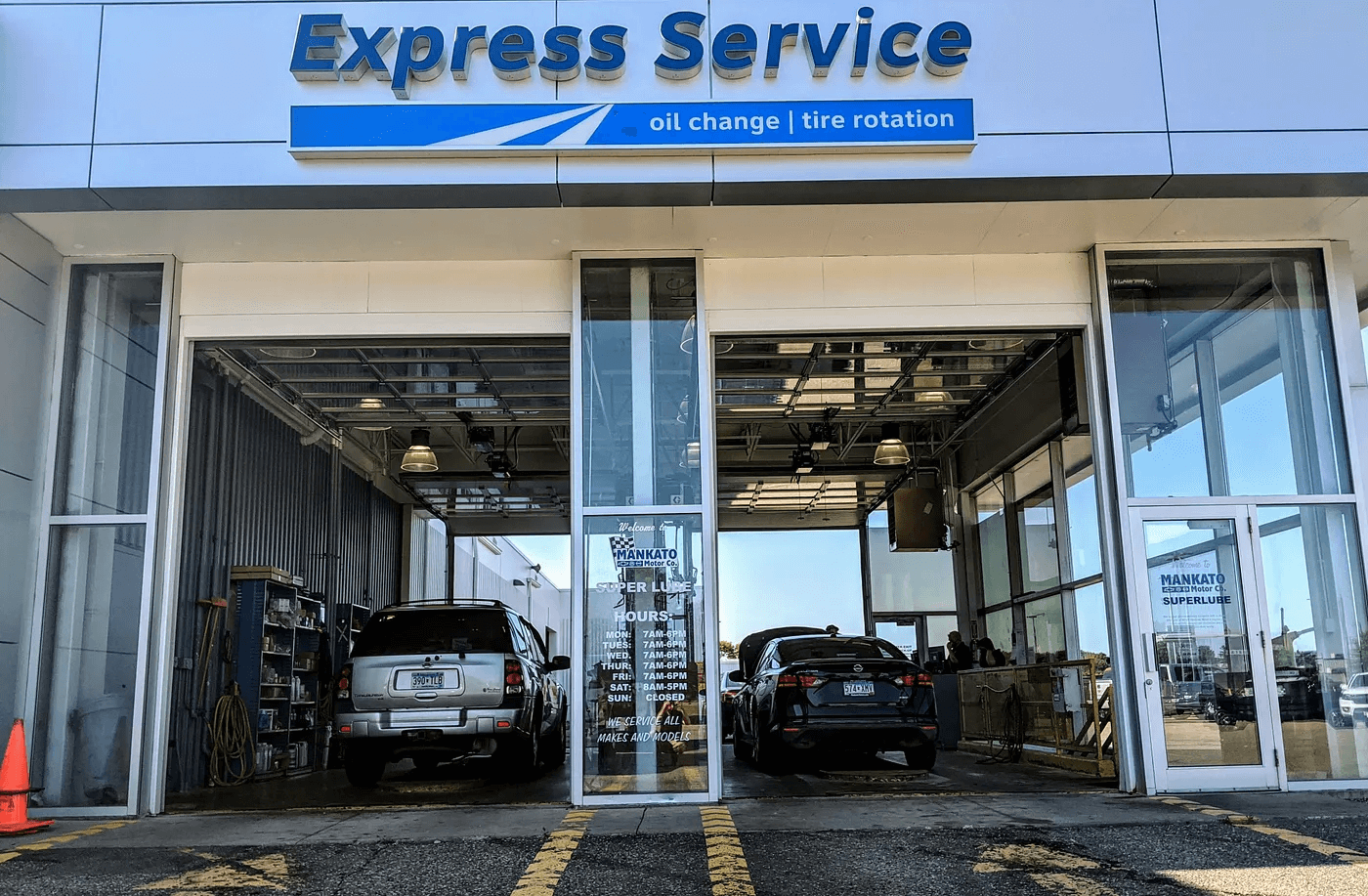While a business’s primary focus is typically its revenue-generating service, the way in which a customer attains that service is equally important. For many businesses, this involves some sort of physical queue that a customer needs to deal with. In fact, Americans spend an aggregated 37 billion hours waiting in line — each year! The queuing experience impacts how prospective customers evaluate a business and the perceived value of the product. This is a part of the business itself, which explains why sharp operators are obsessed with managing it.
The common view on lines is that they are either a symptom of high demand, poor throughput, or a combination of the two. And while a line may be an indicator of good business with many customers, the assumption is that lines negatively impact customer satisfaction. Think about the last time you were waiting on a line: were you off-put by the lost time and energy and decided not to stick around? According to a survey, businesses reported a customer loss of 75% due to waiting times. Even worse, a frustrated prospect who leaves will be unlikely to come back.
On the other hand, lines can positively impact the customer experience and a business’s bottom line. Long lines can be perceived as a sign of high value and the difficult process to obtain the product/service makes it that much more desirable. This is easy to spot in the world of premium products, such as a newly launched iPhone or a trendy bakery’s delectable ‘cronut’. Prospective customers also use lines to gain information on the business and view them as a form of social proof of quality, much like gravitating towards an e-commerce listing with positive reviews. Lastly, researchers found that waiting in line for a prolonged period can lead to greater spending. This phenomenon is caused by a customer’s psychological need to validate the sunk cost of the long wait.
Is the possibility of higher revenue per customer worth the risk of turning off prospective customers due to long lines? Possibly, but it’s important to note that not all wait experiences are created equal because not all businesses are offering an internet-sensation baked delicacy or Silicon Valley’s shiniest gadget. Much of those aforementioned 37 billion hours are spent on lines for more mundane purchases with weekly or even daily frequenting of the stores. Even the most patient of viral food bloggers wouldn’t be thrilled to wait in line for more than ten minutes at a Starbucks drive-thru. For services like a fast food restaurant, oil change or a car wash, shorter and fast-moving lines may be equally as important as the service itself to customer satisfaction and creating loyal customers. Rather than focusing on the incremental up-sells, many stores benefit significantly more from increasing lifetime value by providing reliable speed of service.
The famous quote by Peter Drucker, “what gets measured gets managed,” rings as true today as ever. The pandemic has turned consumers to both online shopping and in-car experiences to minimize face-to-face contact. For businesses in this space, it’s critical to keep customer satisfaction high and not lose out on prospective customers dissuaded by long lines. That’s why omniX works with a variety of businesses to accurately track throughput and inform operators when their stores are not running efficiently.
Virtually all businesses have surveillance cameras in place for security purposes. omniX taps into those cameras to analyze the visit patterns and identify bottlenecks in your customer traffic, in real time.
The Drive-Off Dashboard shows you the number of prospective customers that entered the store premises but left without receiving any service; you can also see those lost opportunities as a ratio of total customers in that given time or day.
Knowing the curb-to-curb (or wheels on-premise, wheels off-premise) Visit Duration helps paint a full picture of how much time customers are spending at your store, and the fluctuations to these patterns at different hours of the day. You can also monitor the Visit Duration of different zones within your stores and better understand the chokepoints causing inefficient queues.
A feature like Loader Efficiency takes a slightly different approach and looks at how efficiently your employees are processing customers. This layer of analytics can bolster an operator’s queue management strategy beyond simply looking at the raw data of customers served.
By leveraging deep learning, omniX takes operations management a step further by identifying patterns, outliers and even giving Predictive Insights so that you can anticipate and prepare for tomorrow’s demand.
These are some of the essential tools from omniX labs for an operator to turn high volumes into a loyal customer base in 2021 and beyond. Visit us at omnixlabs.com to learn more about how omniX labs can help your business.
